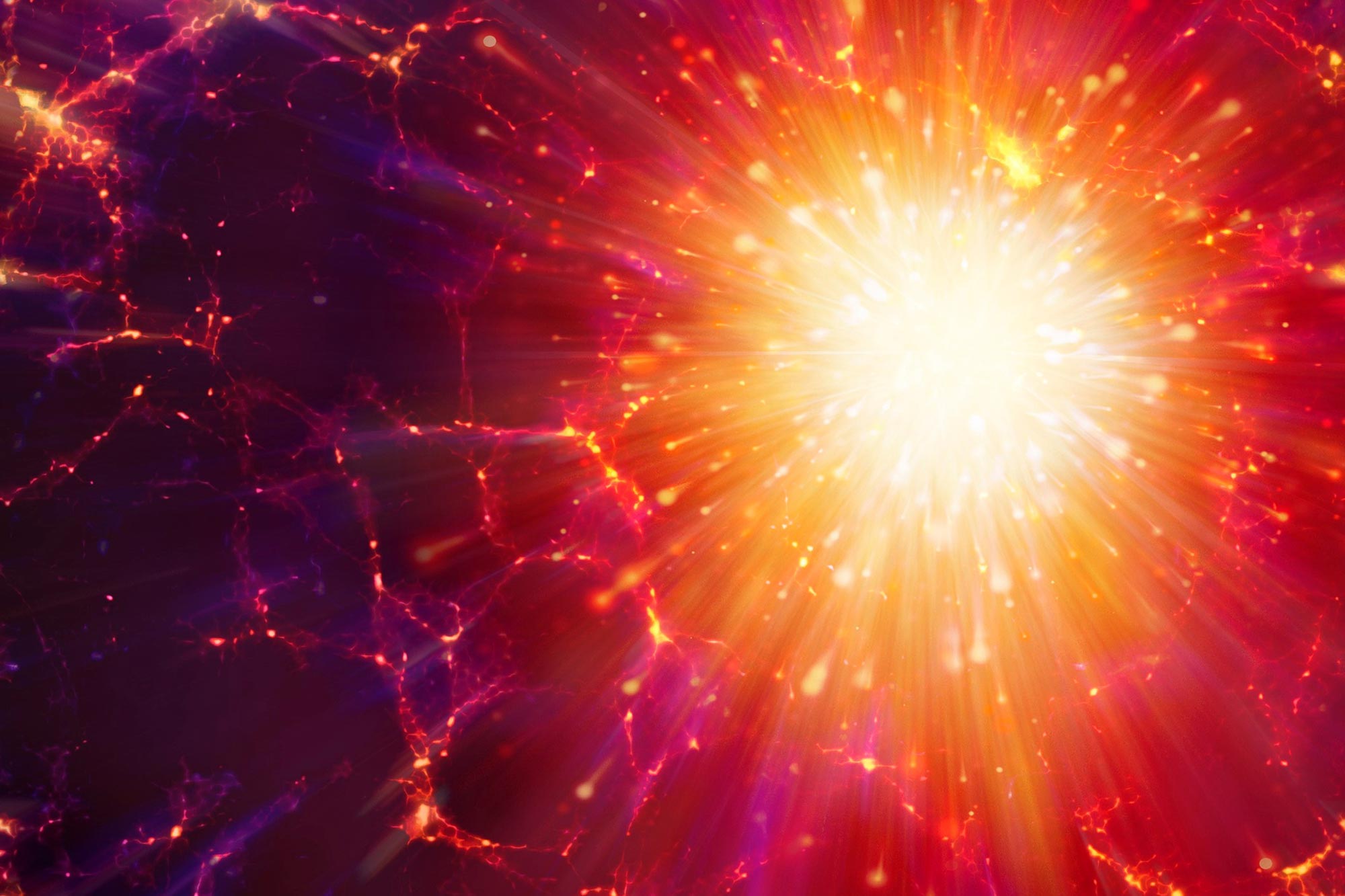Using space telescopes and advanced data sets, researchers have concluded that dark energy, which accounts for about 76% of the energy density of the universe, is spread evenly throughout space and remains constant over time.
A preliminary study of dark energy using eROSITA indicates that it is evenly dispersed across space and time.
Edwin Hubble’s observation of distant galaxies in the 1920s led to the groundbreaking conclusion that our universe is expanding. It wasn’t until 1998, however, that scientists studying Type Ia supernovae made a startling discovery. And they found that not only was the universe growing, but that its expansion was accelerating.
“To explain this acceleration, we need a source,” says Joe Mohr, an astrophysicist at LMU. “We refer to this source as ‘dark energy’, which provides a kind of ‘anti-gravity’ to speed up the cosmic expansion.”
Scientifically, the existence of dark energy and cosmic acceleration is a surprise, and this indicates that our current understanding of physics is either incomplete or incorrect. The significance of the exponential expansion was emphasized in 2011 when its discoverers were awarded the Nobel Prize in Physics.
“Meanwhile, the nature of dark energy has become the next Nobel Prize-winning problem,” Mohr says.
I-Non Chiu of National Cheng Kung University in Taiwan, in collaboration with LMU astrophysicists Matthias Klein, Sebastien Bouquet and Joe Mohr, has now published the first study of dark energy using the eROSITA X-ray telescope, which focuses on galaxy clusters.
The antigravity that dark energy would cause pushes objects away from each other and stops the formation of large cosmic bodies that would otherwise form due to the attractive force of gravity. As such, dark energy influences where and how the largest objects in the universe are formed — clusters of galaxies with total masses ranging from 1013 to 1015 solar masses.
“We can learn a lot about the nature of dark energy by counting the number of galaxy clusters forming in the universe as a function of time — or in the observable universe as a function of redshift,” Klein explains.
However, galaxy clusters are extremely rare and difficult to find, requiring scans of a large portion of the sky with the world’s most sensitive telescopes. To that end, the eROSITA X-ray space telescope — a project led by the Max Planck Institute for Extraterrestrial Physics (MPE) in Munich — was launched in 2019 to scan the sky in search of galaxy clusters.
In the eROSITA Final Tropical Depth Survey (eFEDS), a small survey designed to verify the performance of the All-Sky Subsequent Survey, about 500 galaxy clusters were found. This represents one of the largest samples of low-mass galaxy clusters to date and spans the past 10 billion years of cosmic evolution.
For their study, Chiu and colleagues used an additional data set on top of eFEDS data—photometric data from Subaru’s strategic Hyper Suprime-Cam program, which is led by the astronomical communities in Japan and Taiwan, and[{” attribute=””>Princeton University.
The former LMU doctoral researcher I-Non Chiu and his LMU colleagues used this data to characterize the galaxy clusters in eFEDS and measure their masses using the process of weak gravitational lensing. The combination of the two datasets enabled the first cosmological study using galaxy clusters detected by eROSITA.
Their results show that, through comparison between the data and theoretical predictions, dark energy makes up around 76% of the total energy density in the universe. Moreover, the calculations indicated that the energy density of dark energy appears to be uniform in space and constant in time.
“Our results also agree well with other independent approaches, such as previous galaxy cluster studies as well as those using weak gravitational lensing and the cosmic microwave background,” says Bocquet. So far, all pieces of observational evidence, including the latest results from eFEDS, suggest that dark energy can be described by a simple constant, usually referred to as the ‘cosmological constant.’
“Although the current errors on the dark energy constraints are still larger than we would wish, this research employs a sample from eFEDS that after all occupies an area less than 1% of the full sky,” says Mohr. This first analysis has thus laid a solid foundation for future studies of the full-sky eROSITA sample as well as other cluster samples.
Reference: “Cosmological constraints from galaxy clusters and groups in the eROSITA final equatorial depth survey” by I-Non Chiu, Matthias Klein, Joseph Mohr and Sebastian Bocquet, 21 April 2023, Monthly Notices of the Royal Astronomical Society.
DOI: 10.1093/mnras/stad957

“Extreme travel lover. Bacon fanatic. Troublemaker. Introvert. Passionate music fanatic.”







More Stories
A fossilized creature may explain a puzzling drawing on a rock wall.
MrBeast Sued Over ‘Unsafe Environment’ on Upcoming Amazon Reality Show | US TV
Watch comets Lemmon and SWAN approach Earth today